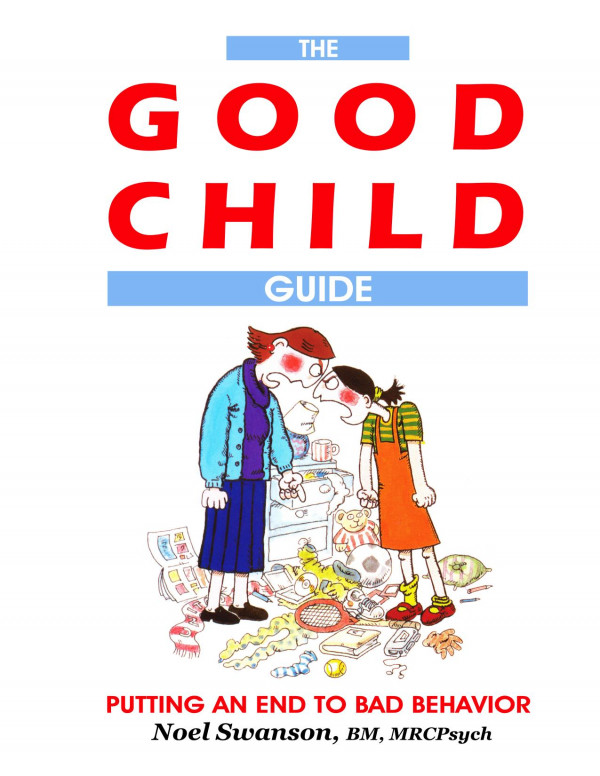

Most ebook files are in PDF format, so you can easily read them using various software such as Foxit Reader or directly on the Google Chrome browser.
Some ebook files are released by publishers in other formats such as .awz, .mobi, .epub, .fb2, etc. You may need to install specific software to read these formats on mobile/PC, such as Calibre.
Please read the tutorial at this link: https://ebookbell.com/faq
We offer FREE conversion to the popular formats you request; however, this may take some time. Therefore, right after payment, please email us, and we will try to provide the service as quickly as possible.
For some exceptional file formats or broken links (if any), please refrain from opening any disputes. Instead, email us first, and we will try to assist within a maximum of 6 hours.
EbookBell Team

4.0
36 reviews
ISBN 10: 1854107046
ISBN 13: 9781854107046
Author: Noel Swanson
Preface
The Ancient World
The Modern World
Multilingualism in the United States
Canada
The Nineteenth Century
The Twentieth Century
Summary
Suggestions for Further Reading
What Is a Program Model?
What Is the Goal of a Transitional Program?
Language Maintenance Programs
Immersion Programs
Immersion Programs in the United States
Models and Realities: What Does Bilingual Education Look Like in Practice?
Dual Language Instruction in Private Schools
Bilingual Teachers
Activities
Suggestions for Further Reading
The Study of Language
What Is Language?
Syntax
Semantics
Implications for Teachers
Are Some Languages Better than Others?
Are Some Languages More Expressive than Others?
Standard
Pidgins and Creoles
More Than One Language
What Is Bilingualism?
Code-Switching
The Ebonics Debate
Questions to Think About and Discuss
Activities
Suggestions for Further Reading
First Language Development: Memorizing or Hypothesizing?
Rule Finding
Child-Directed Speech
Input Modification
Stages of First Language Development
Order of Acquisition
Children as Sociolinguists
Second Language Acquisition
The Effect of Age
The Social Factors
The Acquisition–Learning Distinction
Language Learners and Language Speakers Interact
Summary
Suggestions for Further Reading
Reliability
Can You Eliminate Content Bias with Translation?
Norming
Academic Language Proficiency
How Is Language Proficiency Assessed?
Standardized Achievement Testing
Diagnostic Testing for Placement in Special Programs
Activities
Suggestions for Further Reading
Primary Language Instruction for Limited English Proficient Students
Transfer of Concepts and Skills
Students Need to Develop CALP
Primary Language Instruction and Self-Concept
Overall, What Does the Research Indicate?
If Primary Language Instruction, Then How?
Concurrent Translation
Cooperative Learning
Summary
Suggestions for Further Reading
A Note about Terminology
The Search for Alternative Approaches
The Audiolingual Approach
Other Recent Approaches
Planning
Lesson Delivery
Assessment
What Is Literacy?
How Can Teachers Support Biliteracy?
How Can Schools Promote Biliteracy?
Summary
Activities
Suggestions for Further Reading
The Impact of Immigration
Other Demographic Factors
What Is Culture?
Culture Is Continuous
Culture Is a Struggle for Survival
Culture and Language
Housing
Values
What Is Multicultural Education?
What Is the Connection Between Bilingual Education and Multicultural Education?
Questions to Think About and Discuss
Suggestions for Further Reading
Genetic Inferiority
Cultural Deficit
Cultural Mismatch
Contextual Interaction
John Ogbu’s Typology
Status, Power, and School Success
Questions to Think About and Discuss
Suggestions for Further Reading
Legal Foundations of Dual Language Instruction
World War II and Foreign Language Instruction
Brown v. the Board of Education (1954)
Who Governs Education?
The Bilingual Education Act (Title VII)
Title VII and Policy
Interpretation of Lau
Effects of Lau
No Child Left Behind
NCLB Funding
NCLB Pros and Cons
Summary
Suggestions for Further Reading
Language Support
Language Suppression
Endangered Languages
Language Policy and Schooling
Activities
Suggestions for Further Reading
Immigration
A Historical Perspective
Assimilation versus Pluralism
Unity, Diversity, and Language
Language Parochialism
Language Elitism
Language Restrictionism
Implications for Schooling
Summary
Suggestions for Further Reading
Index
the good indian child's guide to eating mangoes
good practice guidelines for the analysis of child speech
the good indian child's guide to playing cricket
what should you do to become a healthy child
5 qualities of a good child
Tags: Noel Swanson, good, guide